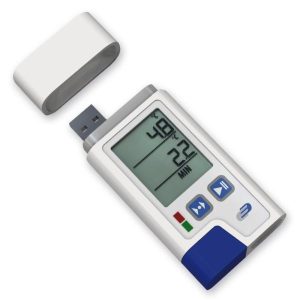Autonomous vehicles are a rapidly growing field, with more and more vehicles on the road every year. These vehicles rely on complex systems and components to operate safely and efficiently, and reliable communication between these systems is critical. The Controller Area Network (CAN) bus is a popular communication protocol used in autonomous vehicles to enable this communication. In this blog, we’ll explore the use of CAN bus in autonomous vehicles, its benefits, and the unique challenges of using CAN bus in these environments.
Benefits of CAN Bus in Autonomous Vehicles
CAN bus offers several benefits in autonomous vehicle applications, including:
- Real-time data exchange: CAN bus enables real-time data exchange between different systems and components in autonomous vehicles. This is critical for safe and efficient operation, as it allows the vehicle to react quickly to changing road conditions and traffic patterns.
- Scalability: CAN bus is highly scalable and can accommodate a large number of nodes, making it suitable for large and complex autonomous vehicle systems.
- High bandwidth: CAN bus has a high bandwidth that allows for fast and efficient data transmission. This is essential in autonomous vehicle applications, where real-time data exchange is critical.
- Reduced wiring: CAN bus reduces the amount of wiring required in autonomous vehicle systems, saving weight and reducing installation costs.
Unique Challenges of CAN Bus in Autonomous Vehicles
Despite its benefits, using CAN bus in autonomous vehicle applications poses unique challenges, including:
- Security: Autonomous vehicles are highly susceptible to cyberattacks, and CAN bus systems must be designed to ensure the security and integrity of the data transmitted over the network.
- Reliability: In autonomous vehicle applications, reliability is paramount. CAN bus systems must be designed and tested to ensure their reliability in mission-critical applications.
- Interoperability: Autonomous vehicle systems often use different protocols and standards, and CAN bus systems must be designed to ensure interoperability with these systems.
- Safety: Autonomous vehicles must comply with strict safety standards, and CAN bus systems must be designed to ensure the safety of the vehicle and its occupants.
Conclusion
CAN bus is a reliable and efficient communication protocol used in autonomous vehicles. It offers several benefits, including real-time data exchange, scalability, high bandwidth, and reduced wiring. However, using CAN bus in autonomous vehicle applications poses unique challenges, including security, reliability, interoperability, and safety. As the field of autonomous vehicles continues to evolve, the use of CAN bus will become even more prevalent, enabling more efficient and reliable communication for safe and efficient operation.










